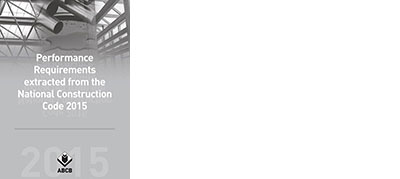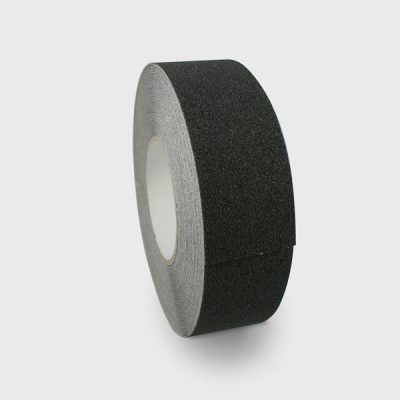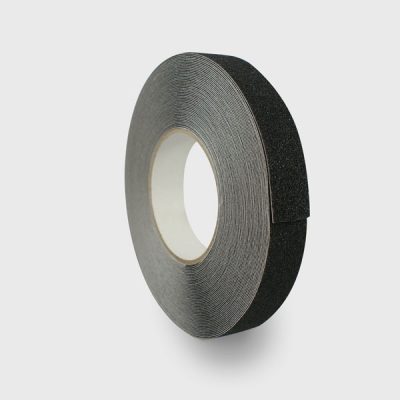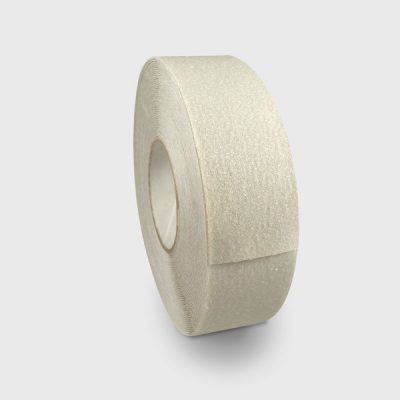Australian 2015
anti slip standards
The 2015 NCC introduces new anti slip requirements for stairs in Class One (residential) buildings, the below is an overview of these changes along with the relevant standards, AS4586:2013 (Slip resistance classification of new pedestrian surface materials) and AS1428 (Design for access and mobility)

What is the National Construction Code (NCC)?
The NCC is an initiative of the Council of Australian Governments (COAG) developed to incorporate all on-site building and plumbing requirements into a single code. The NCC sets the minimum requirements for the design, construction and performance of buildings throughout Australia.
The Three NCC Volumes
The NCC is divided into three volumes:
- Volume one: contains the regulations for commercial buildings
- Volume two: contains the regulations the residential buildings
- Volume three: contains the plumbing requirements of all buildings
The fourth element of the NCC are the performance requirements, these are extracts from the three volumes and it highlights the mandatory minimum requirements.

All three volumes of the NCC are available to download from the NCC website
The NCC Performance requirements
A building, plumbing or drainage solution will comply with the NCC if it satisfies the Performance Requirements, which are the only NCC legal requirements
NCC 2015 Anti Slip Performance Requirements
The NCC defines the following performance (mandatory) anti slip requirements for new buildings in Australia. From May 1 2015, this includes mandatory slip resistance requirements for residential stairs. The extracts below define these requirements.
Class 2-9 (Commercial) buildings – NCC Volume one
Section D: Access and Egress
DP2: So that people can move safely to and within a building, it must have … (c) stairways and ramps with … (i) slip-resistant walking surfaces on … (A) ramps; and … (B) stairway treads or near the edge of the nosing.
Class 1 (Residential) buildings – NCC Volume two
Part 2.5: Safe Movement and Access
P2.5.1 Stairways and ramps: So that people can move safely to and within a building … (b) any stairway or ramp must … (iv) have slip-resistant walking surfaces on ramps, and on stairway treads or near the edge of the nosing.
The NCC requires a slip-resistance classification as defined in AS4586:2013 – Slip resistance classification of new pedestrian surfaces. These slip-resistance requirements are outlined in the table below.
| Application | Surface Conditions | |
| Dry | Wet | |
| Tread Surface | P3 | P4 |
| Nosing Strip | P3 | P4 |
SafeLine Anti Slip Tape has a P5 classification when tested in accordance with AS4586:2013 and exceeds all NCC requirements.

The NCC Performance requirements are available to download from the NCC website
AS4586:2013 – Slip resistance classification of new pedestrian surface materials
AS4586:2013 defines the testing methodology used to classify the slip resistance of surfaces intended for pedestrian traffic. AS4586 provides four classification methods, the Wet-Pendulum test is most appropriate for stair treads and ramps and is the classification (P0-P5) defined in the NCC.











